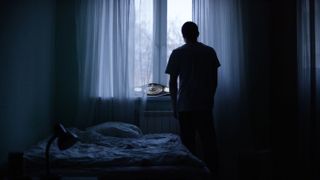
What’s more, the findings suggest that if these measures – including school and workplace closures – are lifted too soon, a second wave of cases may occur in midsummer. However, keeping these measures in place until early April – which the city plans to do – and gradually resuming activities would likely delay this second wave of cases until the fall; giving the health care system much-need time to expand and respond to the epidemic, the authors said. 
“The unprecedented measures the city of Wuhan has put in place to reduce social contacts in school and the workplace have helped to control the outbreak,” study lead author Kiesha Prem, of the London School of Hygiene & Tropical Medicine in the United Kingdom, said in a statement. “However, the city now needs to be really careful to avoid prematurely lifting physical distancing measures, because that could lead to an earlier secondary peak in cases. But if they relax the restrictions gradually, this is likely to both delay and flatten the peak. (Related:
(Live updates on COVID –
Coronavirus science and news and
The results have implications for the rest of the world as COVID – cases continue to surge outside of China.
for their model, the researchers used information on how often people interact with each other in different locations based on their age .
28 of the worst epidemics and pandemics in history
 (Originally published on) (Live Science)
(Originally published on) (Live Science)
OFFER: Save at least % with our latest magazine deal!
With impressive cutaway illustrations that show how things function, and mindblowing photography of the world’s most inspiring spectacles, How It Works
represents the pinnacle of engaging, factual fun for a mainstream audience keen to keep up with the latest tech and the most impressive phenomena on the planet and beyond. Written and presented in a style that makes even the most complex subjects interesting and easy to understand, How It Works is enjoyed by readers of all ages. (View Deal 
(Read More)




GIPHY App Key not set. Please check settings